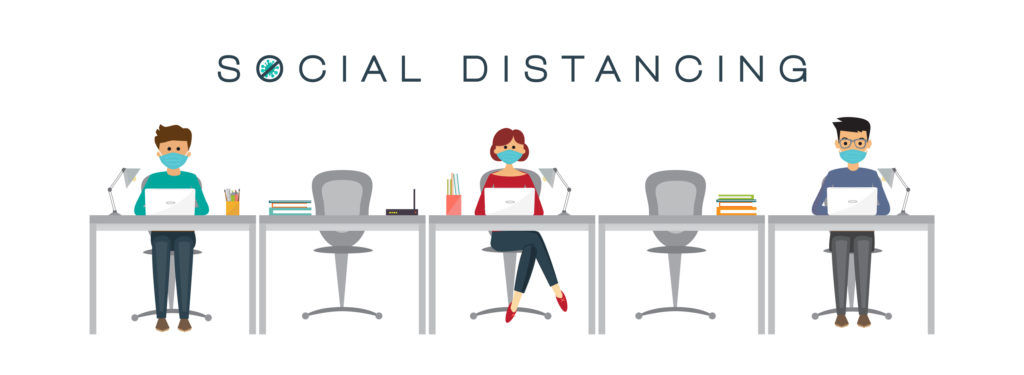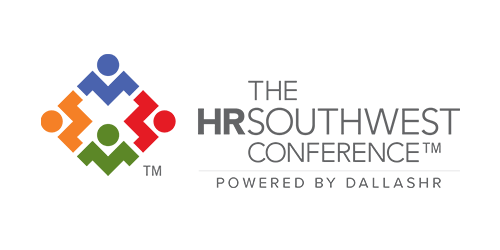
Working Without Pants: 6+ Months In
More than six months into working during COVID-19 and our new normal is still evolving. As restrictions have eased in many places, some workplaces are reopening. Others aren’t. While it is difficult to predict what the workplace will truly look like post-COVID-19, let’s take a closer look at some of the most important considerations and emerging trends happening now.
Managing a mobile workforce
Managing a mobile workforce is a different challenge than managing workers in an office environment. In addition, the safety considerations necessary in the time of COVID-19 add complexity. According to experts, employers should prioritize re-engaging employees and ensuring they feel their concerns are addressed:
- Return vs. remote. Not everyone is ready to return to the office. Some employees appreciate or need the flexibility to continue to work from home. They might be juggling children in remote learning or have more flexibility than a spouse who is an essential worker. Others will want to return, needing social interaction, access to tools and ability to focus (or, they can’t fully do their jobs remotely).
- Social distancing. It is s essential to consider social distancing needs in the office. Spacing needs to be retooled for cube style workspaces, conference meeting rooms, hallways and other areas. Depending on your state or county’s COVID-19 guidelines, there are likely other compliance requirements.
- Company culture. Six months into this new normal, employers can look to different ways to build or sustain company culture, like virtual happy hours, stand-up meetings to start the day, call-ins, and regular 1:1s with employees.

The bottom line is, it is crucially important to maintain connection during this time. Work can serve as a constant right now for lives in flux, and employer empathy is emerging as a key trend.
Historic levels of employee stress
Employers who are proactive about work in the new normal and about their employees’ needs will be better positioned to protect their talent and distinguish themselves as employers of choice, according to research from Willis Towers Watson.
Employees and their families are stressed right now. Two-thirds of employees report experiencing greater stress now than before the onset of the pandemic, according to MetLife. Even before the pandemic, 73% of employers had identified managing employee stress as one of their top organizational priorities for 2020, also according to MetLife.

Many factors are contributing to this stress. Workdays are averaging nearly 50 minutes longer. Employees face a great deal of uncertainty, including concerns about financial stability amid historic levels of unemployment. Companies which demonstrate empathy through flexibility, connection, expansion of benefits and other means are likely to experience less attrition and more engagement when the economy and hiring market do recover.
Work in the time of COVID-19 is still evolving. Six months into the digital workplace, it’s essential to maintain and build connection and demonstrate empathy for a stressed workforce. What are you seeing in your workplace? How have you handled reopening?
DallasHR is the third largest SHRM affiliate chapter in the nation. With more than 2,300 engaged HR professionals, the Chapter has been Advancing the Value of HR since 1939 through cutting-edge education, fun networking events and opportunities to share best practices with others in the field of HR. The Chapter powers The HRSouthwest Conference, one of the largest regional HR events in the U.S. hosting more than 2,400 attendees in Fort Worth annually. DallasHR events are held in both Dallas and Collin Counties. Visit us at dallashr.org to join or hrsouthwest.com to register and follow us at #DALLASHR, #HRSWC.






